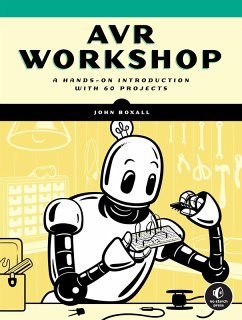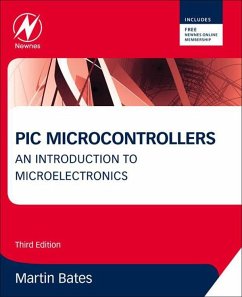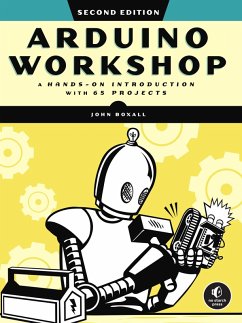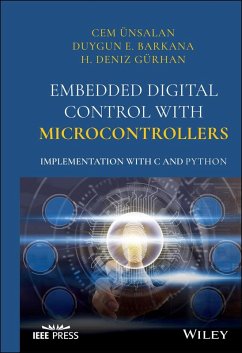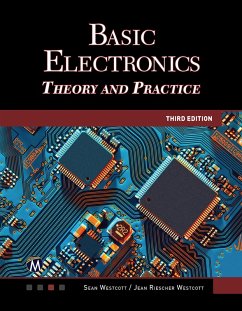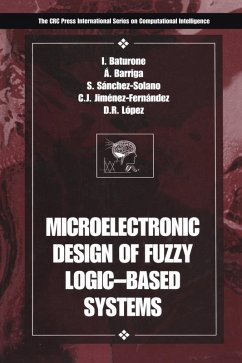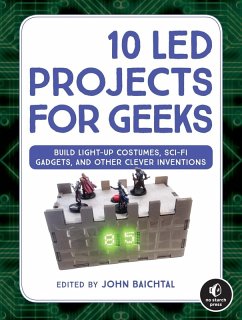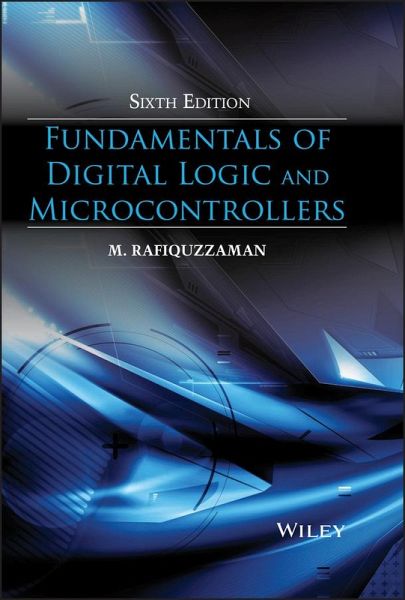
Fundamentals of Digital Logic and Microcontrollers (eBook, ePUB)
Versandkostenfrei!
Sofort per Download lieferbar
122,99 €
inkl. MwSt.
Weitere Ausgaben:

PAYBACK Punkte
0 °P sammeln!
Updated to reflect the latest advances in the field, the Sixth Edition of Fundamentals of Digital Logic and Microcontrollers further enhances its reputation as the most accessible introduction to the basic principles and tools required in the design of digital systems. Features updates and revision to more than half of the material from the previous edition Offers an all-encompassing focus on the areas of computer design, digital logic, and digital systems, unlike other texts in the marketplace Written with clear and concise explanations of fundamental topics such as number system and Boolean...
Updated to reflect the latest advances in the field, the Sixth Edition of Fundamentals of Digital Logic and Microcontrollers further enhances its reputation as the most accessible introduction to the basic principles and tools required in the design of digital systems.
- Features updates and revision to more than half of the material from the previous edition
- Offers an all-encompassing focus on the areas of computer design, digital logic, and digital systems, unlike other texts in the marketplace
- Written with clear and concise explanations of fundamental topics such as number system and Boolean algebra, and simplified examples and tutorials utilizing the PIC18F4321 microcontroller
- Covers an enhanced version of both combinational and sequential logic design, basics of computer organization, and microcontrollers
Dieser Download kann aus rechtlichen Gründen nur mit Rechnungsadresse in D ausgeliefert werden.




